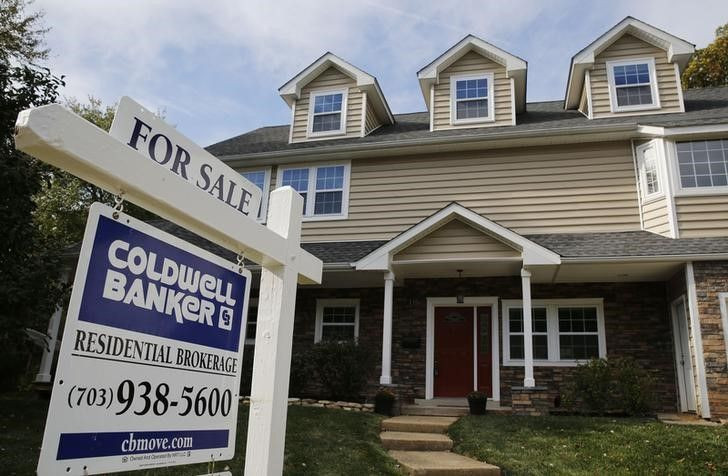Home Prices In US Fall To Slowest Pace In 2 Years

U.S. single-family home prices slowed in October, following the stronger-than-expected rise seen in prices the previous month. Eight cities, however, did see prices rise faster than anticipated.
The S&P/Case-Shiller U.S. National Home Price Index, which covers all nine U.S. census divisions, recorded a 4.6 percent annual gain in October vs. 4.8 percent in September, signaling annual growth hit the slowest pace in nearly two years. Meanwhile, both the 10-city and 20-city composites saw year-over-year declines in October compared with September.
The 10-city composite gained 4.4 percent year over year, down from 4.7 percent in September. The 20-city composite gained at a 4.5 percent annual rate compared with a 4.8 percent annual rate in September.
Although the index showed that the pace of home prices across the country continued to decelerate in October, the rate of growth slowed less than Wall Street had expected. Analysts had forecast U.S. residential real estate prices to rise 4.40 percent in October, according to analysts polled by Thomson Reuters. In the previous report, home prices rose month-over-month in September for the first time since April.
Las Vegas led the declining annual returns with a decrease of 1.2 percent. Eight cities did see prices rise, however, including San Francisco, Denver and Tampa, which saw prices rise faster in October than a month earlier. Miami and San Francisco saw prices rise 9.5 percent and 9.1 percent, respectively, over the past 12 months.
The report comes on the heels of a series of data recently that revealed a possible slowdown in housing growth, after price growth jumped to double-digit increases last year. Housing starts last month pulled back 1.6 percent, while existing-home sales fell 6.1 percent, to 4.93 million, and new home sales fell 1.6 percent, to 438,000.
But separate statistics, other than those connected to housing, were positive in November and early December, as third-quarter gross domestic product was revised to a 5 percent annual rate, while U.S. unemployment declined to 5.8 percent as payrolls added over 300,000 jobs in November. “After a long period when home prices rose, but at a slower pace with each passing month, we are seeing hints that prices could end 2014 on a strong note and accelerate into 2015,” David M. Blitzer, managing director and chairman of the index committee at S&P Dow Jones Indices, said in the report. "Seasonally adjusted, all 20 cities had higher prices than a month ago."
© Copyright IBTimes 2024. All rights reserved.





















